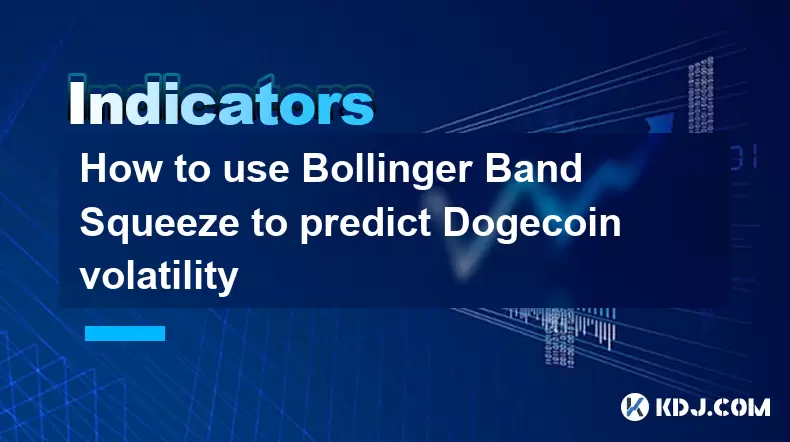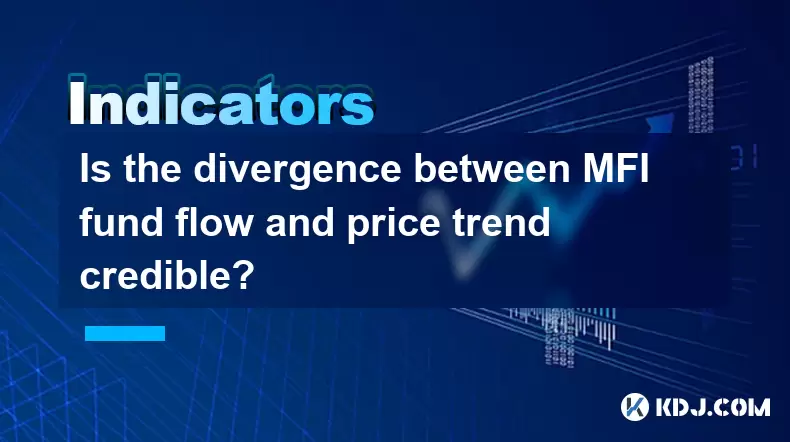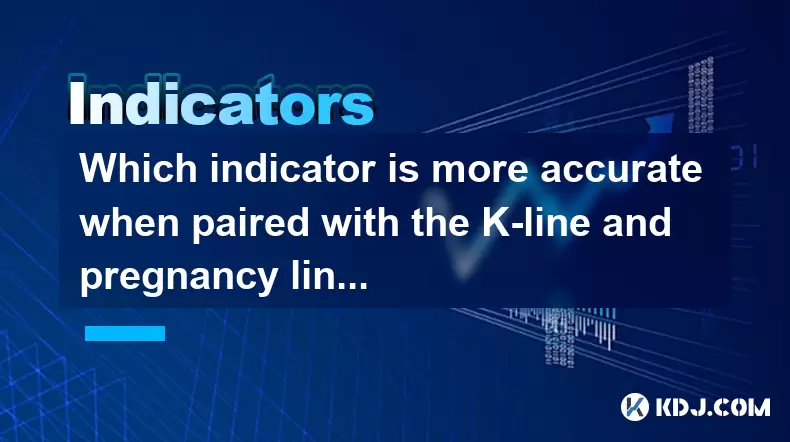-
 Bitcoin
Bitcoin $119300
1.07% -
 Ethereum
Ethereum $3730
3.87% -
 XRP
XRP $3.235
0.29% -
 Tether USDt
Tether USDt $1.000
0.00% -
 BNB
BNB $783.5
1.88% -
 Solana
Solana $188.7
0.25% -
 USDC
USDC $0.0000
-0.01% -
 Dogecoin
Dogecoin $0.2399
-0.44% -
 TRON
TRON $0.3157
2.37% -
 Cardano
Cardano $0.8254
1.94% -
 Hyperliquid
Hyperliquid $42.83
0.14% -
 Stellar
Stellar $0.4372
3.21% -
 Sui
Sui $3.859
4.91% -
 Chainlink
Chainlink $18.53
3.53% -
 Hedera
Hedera $0.2464
0.01% -
 Bitcoin Cash
Bitcoin Cash $519.8
2.46% -
 Avalanche
Avalanche $24.24
2.17% -
 Litecoin
Litecoin $113.7
0.73% -
 UNUS SED LEO
UNUS SED LEO $8.990
0.30% -
 Shiba Inu
Shiba Inu $0.00001390
0.21% -
 Toncoin
Toncoin $3.188
1.49% -
 Ethena USDe
Ethena USDe $1.001
0.02% -
 Polkadot
Polkadot $4.090
-0.91% -
 Uniswap
Uniswap $10.40
4.08% -
 Monero
Monero $326.6
3.12% -
 Bitget Token
Bitget Token $4.627
-0.42% -
 Pepe
Pepe $0.00001281
0.76% -
 Dai
Dai $1.000
0.01% -
 Aave
Aave $291.6
0.98% -
 Cronos
Cronos $0.1269
7.26%
How to use Bollinger Band Squeeze to predict Dogecoin volatility
The Bollinger Band Squeeze signals low volatility in Dogecoin, often preceding explosive price moves, making it crucial for timely trading decisions.
Jul 11, 2025 at 09:56 am

Understanding the Bollinger Band Squeeze Mechanism
The Bollinger Band Squeeze is a technical analysis tool used to identify periods of low volatility that often precede significant price movements. It occurs when the bands narrow, indicating decreasing volatility and potential for an explosive breakout. This phenomenon is particularly relevant in highly volatile assets like Dogecoin (DOGE).
To detect a squeeze, traders typically look at the distance between the upper and lower Bollinger Bands. When this distance contracts significantly, it signals that the market is entering a consolidation phase. The standard setting for Bollinger Bands is 20-period moving average with two standard deviations. Traders can apply this setup on any time frame but should align it with their trading strategy.
Important: A squeeze does not indicate the direction of the upcoming move — only that a strong move is likely.
Applying Bollinger Bands to Dogecoin Charts
Before analyzing Dogecoin using the Bollinger Band Squeeze, ensure you have access to a reliable charting platform such as TradingView or MetaTrader. Open a chart for DOGE/USDT or DOGE/BTC pair depending on your preferred trading pair.
- Navigate to the indicators section.
- Search for "Bollinger Bands."
- Apply the default settings: period = 20, deviation = 2.
- Observe how the bands widen and narrow over time.
As Dogecoin is known for its high volatility and frequent sharp movements, identifying squeeze patterns becomes crucial for timing entries and exits effectively.
Recognizing the Squeeze Signal on DOGE
Once Bollinger Bands are applied to the Dogecoin chart, watch for moments when the bands contract tightly around the price. This contraction reflects reduced volatility and sets the stage for a potential breakout.
- Look for a candlestick that closes within the squeezed bands.
- Confirm the squeeze by checking if the bands are narrower than they've been in recent history.
- Use additional tools like the Volatility Index (BB Width) to measure band width quantitatively.
When the price breaks out of the bands after a prolonged squeeze, it suggests a strong directional movement is about to occur. However, due to Dogecoin's unpredictable nature, false breakouts can happen frequently.
Combining the Squeeze with Volume Analysis
Volume plays a critical role in confirming the validity of a Bollinger Band Squeeze signal. In the context of Dogecoin trading, increased volume during a breakout adds credibility to the move.
- During the squeeze phase, volume usually decreases.
- As the price begins to break out, volume should rise sharply.
- Rising volume confirms that institutional or retail interest is building momentum.
Failure to see a corresponding increase in volume may suggest that the breakout lacks strength and could reverse quickly. Therefore, monitoring volume alongside the squeeze enhances decision-making accuracy.
Entry and Exit Strategies Using the Squeeze Pattern
Executing trades based on the Bollinger Band Squeeze requires precise entry and exit strategies. Since the pattern doesn't predict direction, traders must decide whether to enter long or short based on other confirming signals such as candlestick patterns or support/resistance levels.
- Place a stop order just outside the opposite side of the bands post-breakout.
- Set take-profit levels based on previous swing highs/lows or Fibonacci extensions.
- Consider scaling into positions if the breakout continues gaining momentum.
Due to Dogecoin’s erratic behavior, it's advisable to use smaller position sizes when entering based solely on the squeeze signal.
Risk Management While Trading DOGE with Bollinger Band Squeeze
Risk management is essential when applying the Bollinger Band Squeeze to Dogecoin trading. Given DOGE’s susceptibility to social media hype and macroeconomic factors, unexpected reversals can lead to significant losses.
- Always use stop-loss orders to limit downside risk.
- Avoid over-leveraging even if the squeeze appears strong.
- Diversify across different cryptocurrencies to mitigate exposure.
Traders should also backtest the strategy on historical Dogecoin data before deploying real funds. This helps understand how the squeeze performs under various market conditions specific to DOGE.
Frequently Asked Questions
Q1: Can the Bollinger Band Squeeze be used on all timeframes for Dogecoin?
Yes, the Bollinger Band Squeeze can be applied to any timeframe, from 1-minute charts to weekly charts. However, higher timeframes like 4-hour or daily tend to provide more reliable signals due to reduced noise and increased volume.
Q2: How do I differentiate between a true squeeze and normal volatility contraction?
A true squeeze occurs when the bands are at their narrowest point relative to recent history. You can compare current band width with historical values using the BB Width indicator to confirm a genuine squeeze condition.
Q3: Is the Bollinger Band Squeeze effective for altcoins other than Dogecoin?
Yes, the Bollinger Band Squeeze works well for most cryptocurrencies and financial instruments. However, effectiveness varies depending on the asset’s liquidity and volatility profile.
Q4: Should I combine the Bollinger Band Squeeze with other indicators for better accuracy?
Absolutely. Combining the squeeze with tools like RSI, MACD, or volume-based indicators can improve trade accuracy. These combinations help filter false signals and confirm trend strength.
Disclaimer:info@kdj.com
The information provided is not trading advice. kdj.com does not assume any responsibility for any investments made based on the information provided in this article. Cryptocurrencies are highly volatile and it is highly recommended that you invest with caution after thorough research!
If you believe that the content used on this website infringes your copyright, please contact us immediately (info@kdj.com) and we will delete it promptly.
- Bitcoin, Jim Cramer, and the US Deficit: A Wall Street Story
- 2025-07-25 10:30:11
- TGEs, Scalability & Privacy Tech: Decoding the Future of Blockchain
- 2025-07-25 10:30:11
- Ben Askren, FUNKY Memecoin, and the Fallout: A New York Minute
- 2025-07-25 10:50:11
- TRON, Crypto Payroll, and Stablecoins: A New York Minute on the Future of Finance
- 2025-07-25 08:30:11
- WazirX, Revote, and Crypto Unlock: A New York Minute on the Latest Developments
- 2025-07-25 06:50:11
- Hong Kong Stablecoin Regulation: Navigating the Hype and Hurdles
- 2025-07-25 08:30:11
Related knowledge

Is the divergence between MFI fund flow and price trend credible?
Jul 25,2025 at 12:01pm
Understanding MFI and Fund Flow in Cryptocurrency MarketsThe Money Flow Index (MFI) is a technical oscillator that combines price and volume to assess...

Should I go all in when DIF crosses DEA?
Jul 25,2025 at 12:42am
Understanding DIF and DEA in MACD AnalysisWhen traders analyze DIF and DEA in the context of the Moving Average Convergence Divergence (MACD) indicato...

Should I go all in when the upper edge of the box is broken?
Jul 25,2025 at 01:50am
Understanding the 'Box' in Cryptocurrency Price ChartsThe term 'box' in cryptocurrency trading typically refers to a price consolidation range where t...

Should I go all in when the parabolic turning signal appears?
Jul 25,2025 at 06:36am
Understanding the Parabolic Turning Signal in Crypto TradingThe parabolic turning signal is a technical indicator derived from the Parabolic SAR (Stop...

Should I follow up with a full position when the trading volume suddenly increases?
Jul 25,2025 at 12:28am
Understanding Sudden Increases in Trading VolumeA sudden spike in trading volume often signals heightened market activity and can indicate that new in...

Which indicator is more accurate when paired with the K-line and pregnancy line combination?
Jul 25,2025 at 05:43am
Understanding the K-Line and Pregnancy Line CombinationThe K-line, also known as the Japanese candlestick chart, is a foundational tool in technical a...

Is the divergence between MFI fund flow and price trend credible?
Jul 25,2025 at 12:01pm
Understanding MFI and Fund Flow in Cryptocurrency MarketsThe Money Flow Index (MFI) is a technical oscillator that combines price and volume to assess...

Should I go all in when DIF crosses DEA?
Jul 25,2025 at 12:42am
Understanding DIF and DEA in MACD AnalysisWhen traders analyze DIF and DEA in the context of the Moving Average Convergence Divergence (MACD) indicato...

Should I go all in when the upper edge of the box is broken?
Jul 25,2025 at 01:50am
Understanding the 'Box' in Cryptocurrency Price ChartsThe term 'box' in cryptocurrency trading typically refers to a price consolidation range where t...

Should I go all in when the parabolic turning signal appears?
Jul 25,2025 at 06:36am
Understanding the Parabolic Turning Signal in Crypto TradingThe parabolic turning signal is a technical indicator derived from the Parabolic SAR (Stop...

Should I follow up with a full position when the trading volume suddenly increases?
Jul 25,2025 at 12:28am
Understanding Sudden Increases in Trading VolumeA sudden spike in trading volume often signals heightened market activity and can indicate that new in...

Which indicator is more accurate when paired with the K-line and pregnancy line combination?
Jul 25,2025 at 05:43am
Understanding the K-Line and Pregnancy Line CombinationThe K-line, also known as the Japanese candlestick chart, is a foundational tool in technical a...
See all articles

























































































